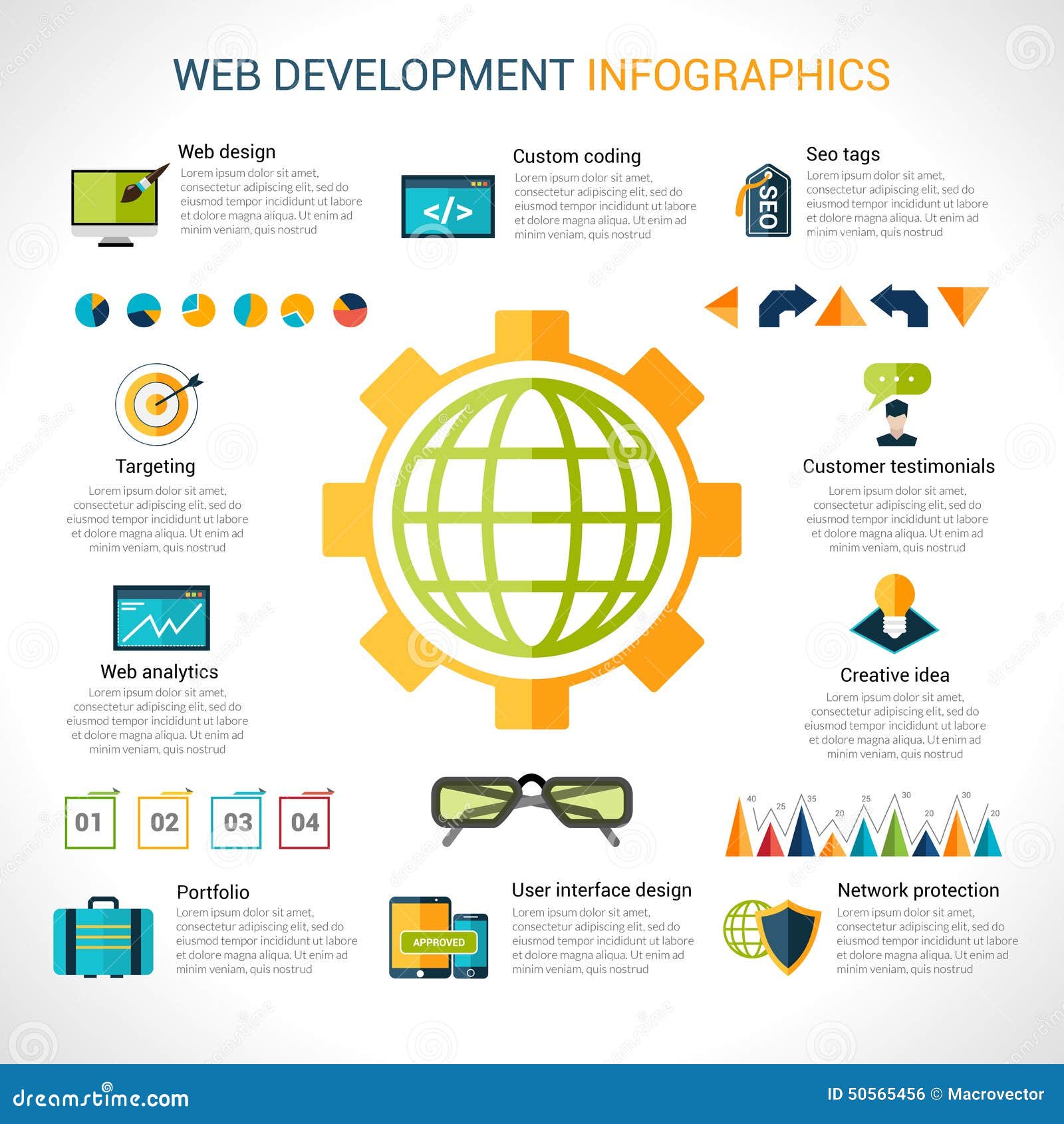Site Layout: A Journey With Time.From Simple Beginnings To Modern-Day Wonders, Site Style Has Actually Undertaken A Considerable Makeover Throughout The Years
Site Layout: A Journey With Time.From Simple Beginnings To Modern-Day Wonders, Site Style Has Actually Undertaken A Considerable Makeover Throughout The Years
Blog Article
just click the up coming site By-Collier Vangsgaard
In the past, internet sites were simple and concentrated on info. Navigation was straight, and style was for desktops. Currently, individual experience is key. Data guides designs for easy navigation. Responsive formats suit various devices. Today, dark setting lowers pressure, and minimalist menus improve navigation. Interactive attributes engage individuals, and vibrant visuals stand apart. AI assimilation boosts engagement. See exactly how layout has evolved to enhance your online journey.
Very Early Days of Website Design
In the early days of web design, simplicity preponderated. Internet sites were fundamental, with limited colors, typefaces, and layouts. The emphasis got on offering details as opposed to showy visuals. https://erickhdxrl.atualblog.com/36000427/learn-just-how-to-properly-attract-regional-customers-using-regional-seo-strategies-while-additionally-acknowledging-the-broader-outreach-possibilities-of-traditional-seo-discover-the-important-differences-in-between-both-approaches accessed the net via slow dial-up connections, so rate and performance were crucial.
Navigation food selections were straightforward, generally located at the top or side of the web page. Websites were created for desktop computers, as mobile browsing had not been yet widespread. Content was king, and designers focused on easy readability over complex style elements.
HTML was the main coding language used, and designers needed to function within its restrictions. Computer animations and interactive features were very little contrasted to today's requirements. Web sites were fixed, with little vibrant content or tailored user experiences.
Surge of User-Focused Design
With the evolution of web site style, a shift in the direction of user-focused layout concepts has actually come to be significantly prominent. Today, producing websites that focus on user experience is essential for involving visitors and accomplishing business objectives. User-focused style involves understanding the demands, preferences, and actions of your target market to tailor the web site's design, web content, and features accordingly.
Developers now conduct detailed study, such as user studies and usability testing, to gather insights and responses straight from customers. This data-driven technique aids in producing user-friendly navigating, clear calls-to-action, and visually attractive interfaces that reverberate with visitors. By positioning the customer at the center of the layout procedure, websites can provide an extra customized and pleasurable experience.
Receptive style has likewise emerged as an essential element of user-focused style, making certain that internet sites are optimized for numerous devices and display dimensions. This adaptability boosts access and functionality, accommodating the diverse means users communicate with sites today. Fundamentally, the increase of user-focused layout symbolizes a change in the direction of producing electronic experiences that prioritize the demands and expectations of completion individual.
Modern Trends in Website Design
Check out the most up to date patterns forming website design today. One noticeable trend is dark mode style, using a sleek and modern-day appearance while lowering eye stress in low-light atmospheres. Another crucial trend is minimalist navigating, simplifying food selections and enhancing individual experience by concentrating on essential elements. Incorporating micro-interactions, such as computer animated switches or scrolling results, can create an extra appealing and interactive web site. Responsive layout remains important, ensuring seamless customer experiences across various tools. Furthermore, using bold typography and asymmetrical formats can add visual passion and draw attention to details material.
Integrating AI technology, like chatbots for consumer assistance or customized suggestions, improves user engagement and improves processes. Availability has additionally end up being a substantial fad, with designers focusing on inclusive layout practices to satisfy varied customer requirements. Accepting sustainability by maximizing website performance for speed and efficiency is another emerging pattern in website design. Collaborating with customer comments and information analytics to iterate and boost layout constantly is necessary for remaining relevant in the ever-evolving digital landscape. By accepting these modern-day fads, you can create an aesthetically attractive, straightforward web site that reverberates with your audience.
Final thought
As you assess the development of internet site layout from the early days to currently, you can see exactly how user-focused design has actually become the driving pressure behind modern-day patterns.
Accept the journey of change and adaptation in website design, constantly keeping the customer experience at the leading edge.
Remain present with the latest trends and technologies, and never quit evolving your technique to create visually magnificent and easy to use websites.
Develop, adjust, and create - the future of website design is in your hands.
